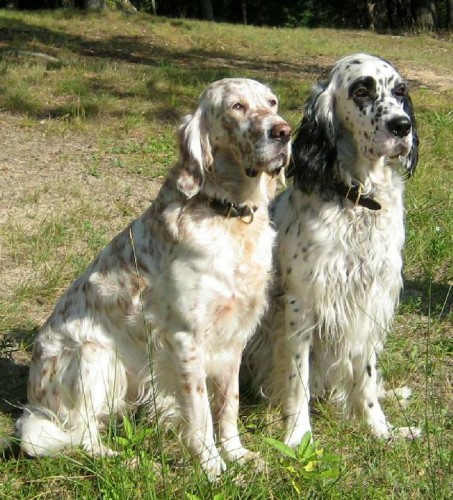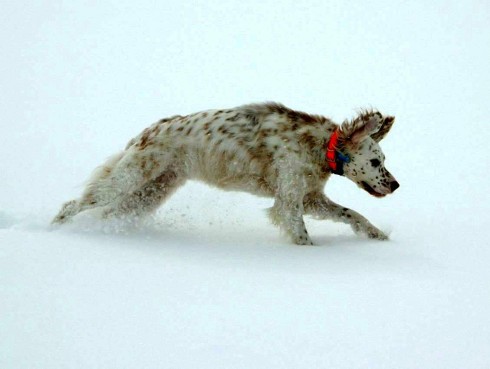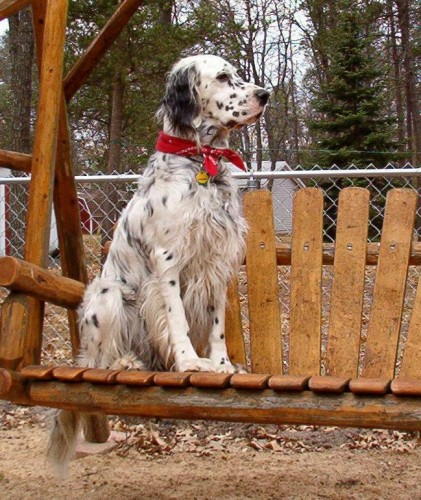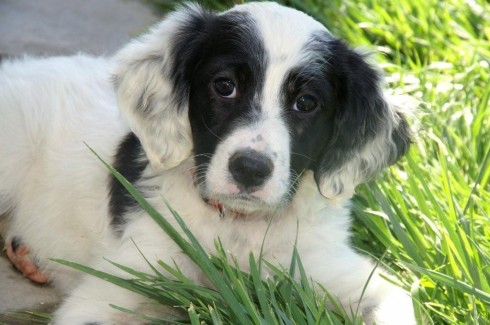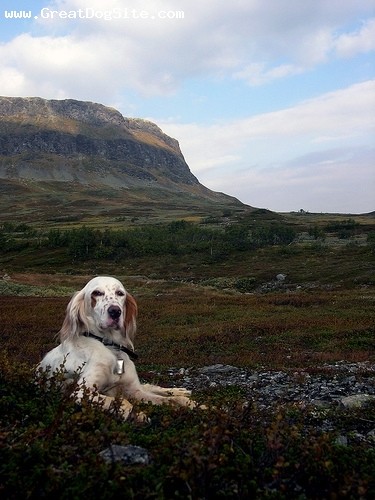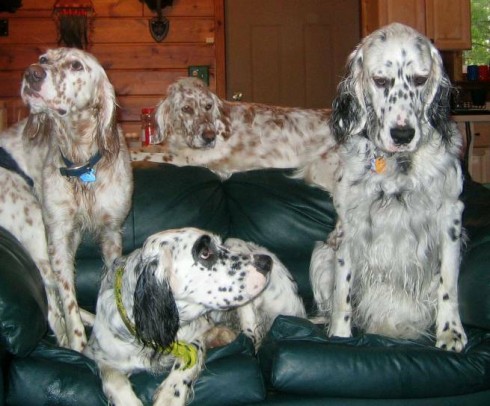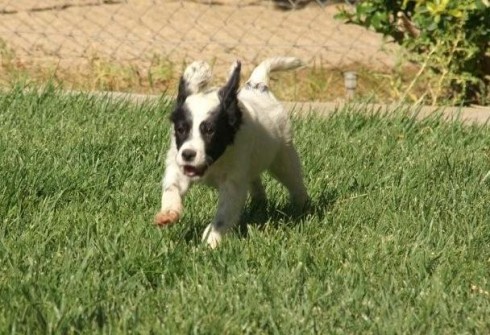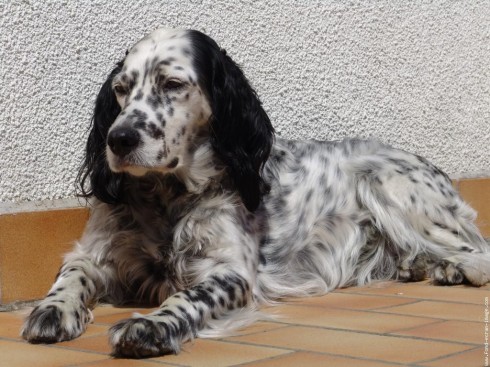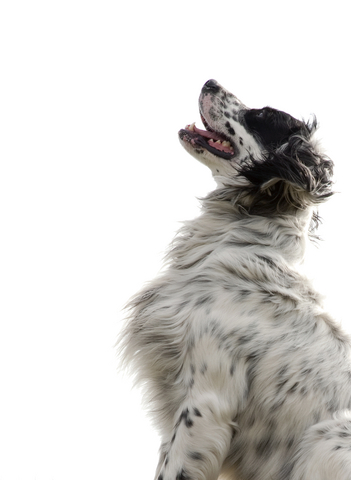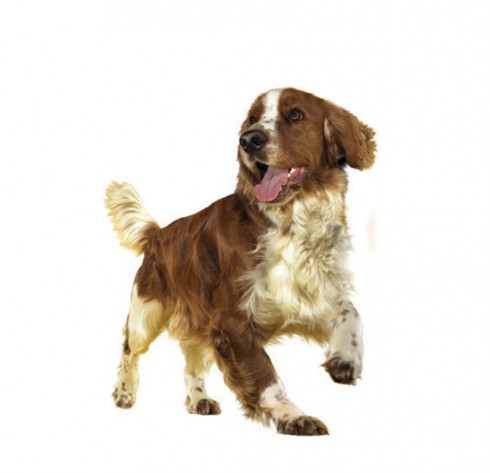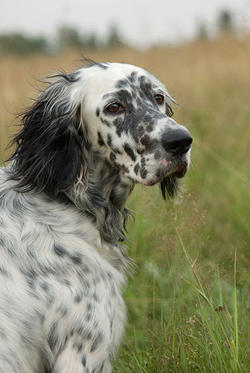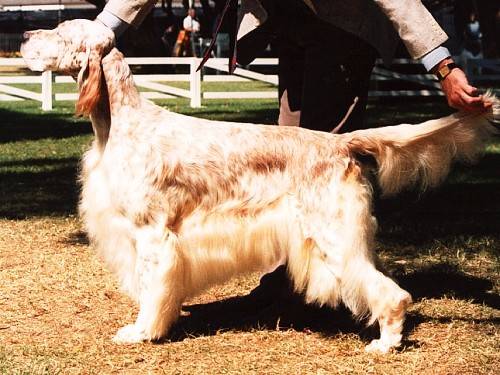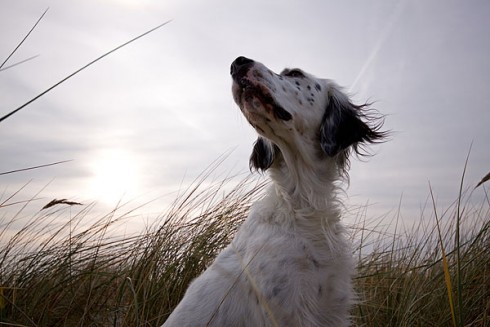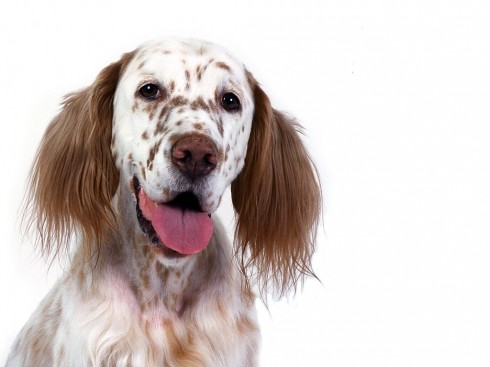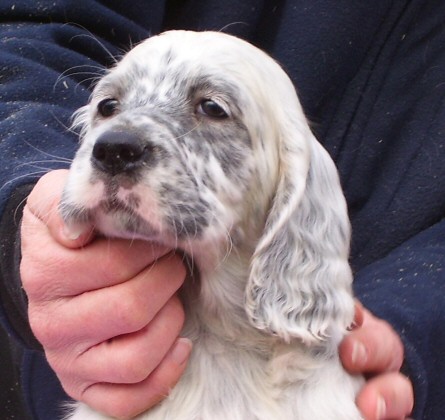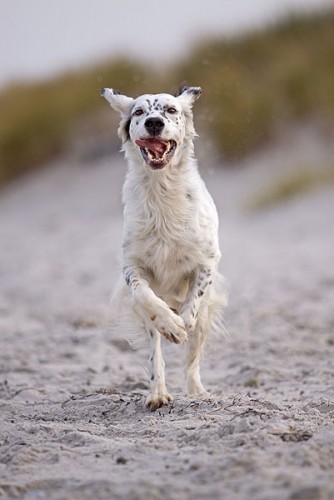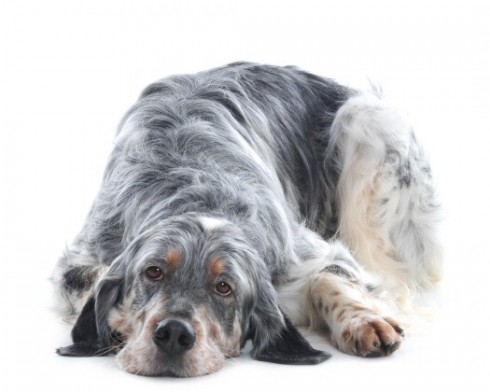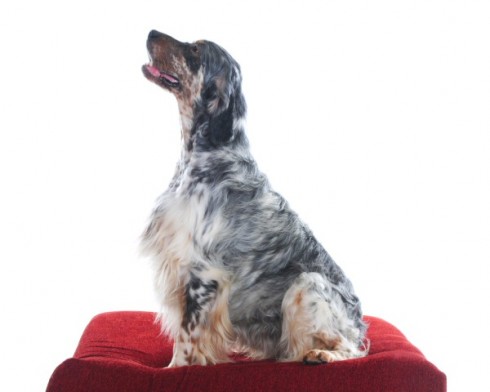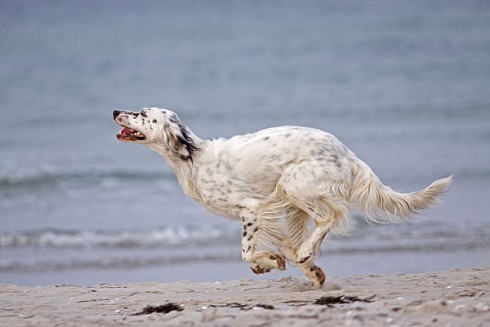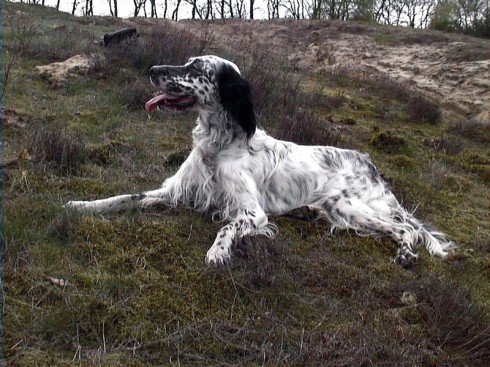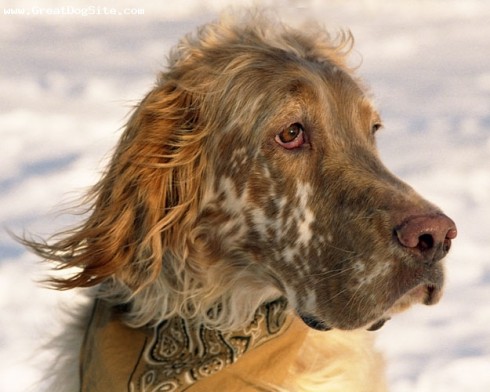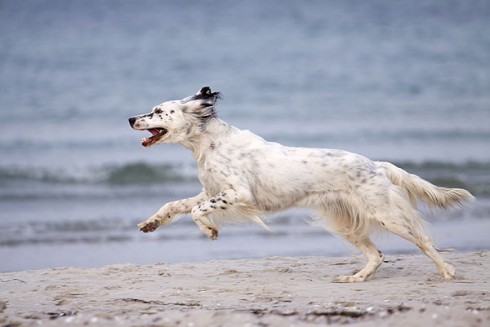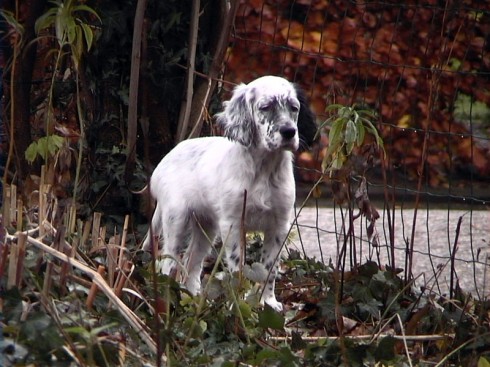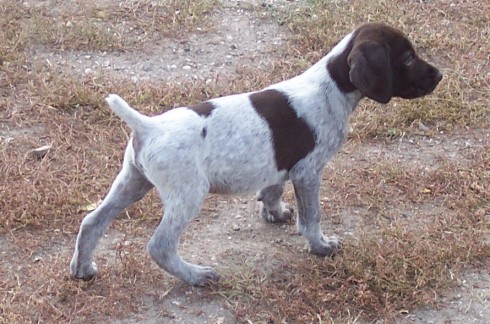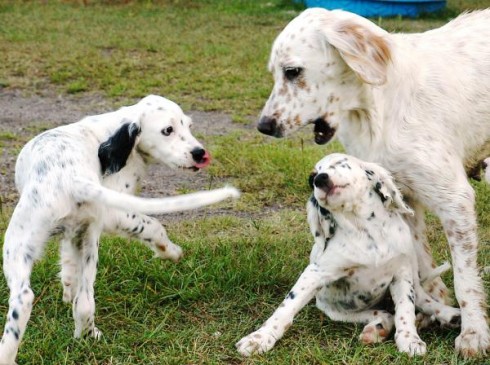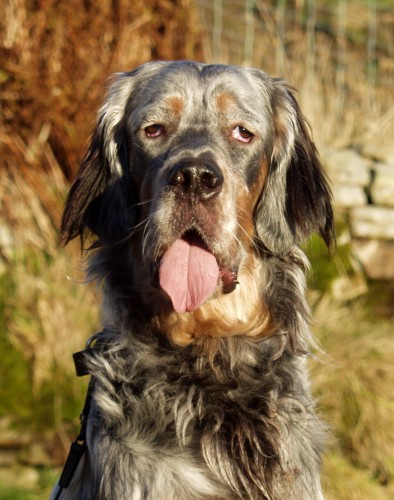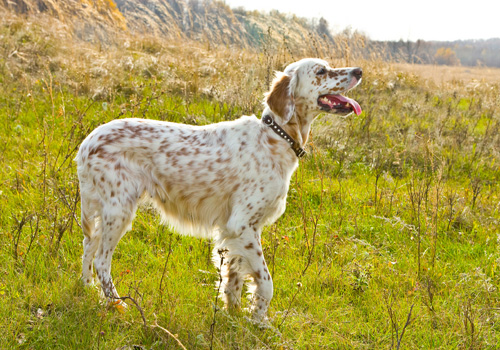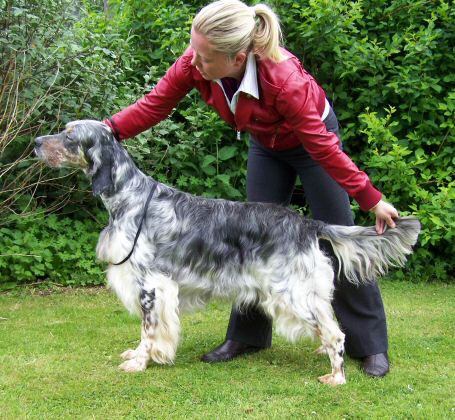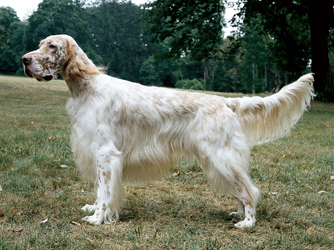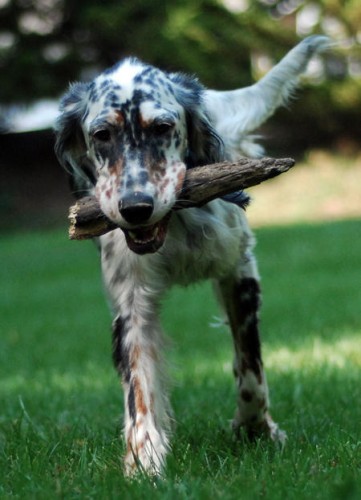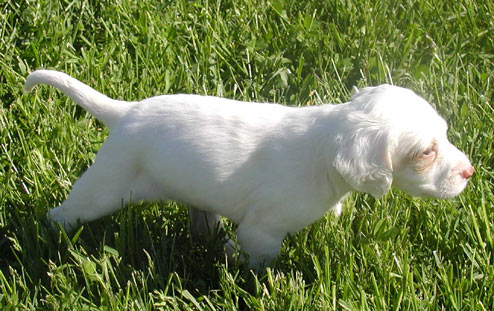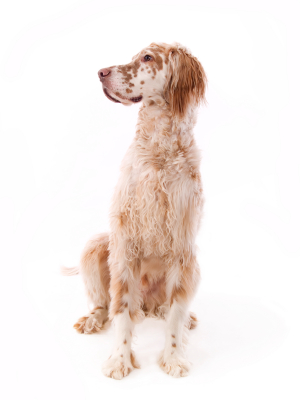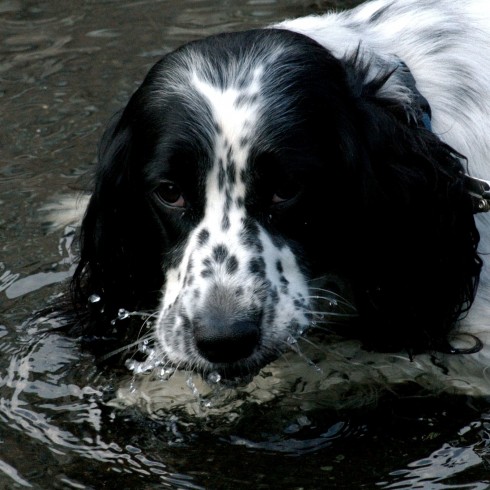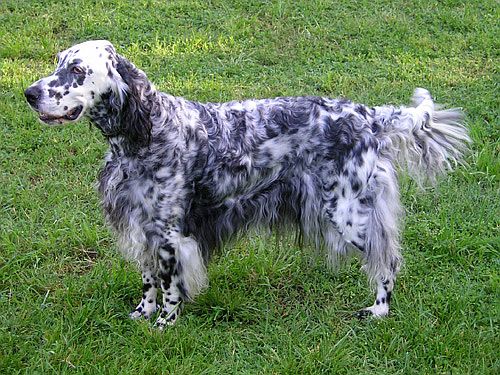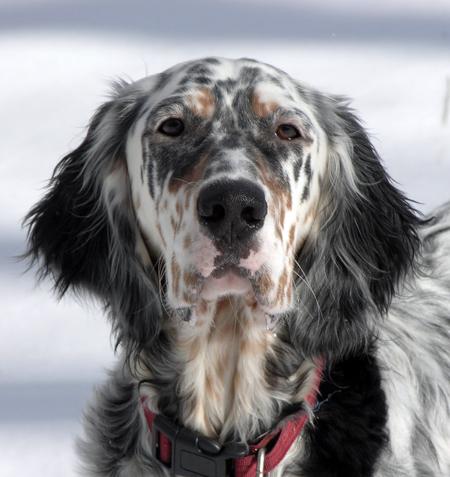Main Index
In Store
Our Web Store
Miniature Schnauzer Picture Gallery
Latest Dog Blogs
- What Are The Basic Commands To Train A Dog?
- PaySafe As The Most Popular Type Of Deposit
- Everything You Need To Know About Pet Sales
- Dogs Contribute To Our Physical And Mental Well Being
- How To Choose Where To Bet On Greyhounds In 2022
- Volunteer With Animals - How To Help Dogs Around The World
- Basic Understanding Of The House Edge
- Why You Should Get A Dog
- Top 20 Popular Dog Names Around The World
- Constipation in Dogs and How to Find Solutions
English Setter
English Setter Picture Gallery
English Setter Clubs/Associations
The Full English Setter Description
The English Setter is an active, rugged dog, but also sweet and mild-mannered. He is happy being a true member of the family and likes to go on family outings. He makes a devoted companion.
Did you know?
English Setters were trained bird dogs in England more than 400 years ago.
The first show for English Setters was held at Newcastle-On-Tyne on January 28, 1859.
So you want to own an English Setter?
The English Setter requires considerable exercise therefore, it is better suited to ownership in the suburbs.
The English Setter will be comfortable in the show ring, at home or in the bird field.
All English Setters need some grooming and discipline.
Indicative Breed Standard
General Appearance
Of medium height, clean in outline, elegant in appearance and movement.
Characteristics
Very active with a keen game sense.
Temperament
Intensely friendly and good natured.
Head and Skull
Head carried high, long and reasonably lean, with well defined stop. Skull oval from ear to ear, showing plenty of brain room, a well defined occipital protuberance. Muzzle moderately deep and fairly square, from stop to point of nose should equal length of skull from occiput to eyes, nostrils wide and jaws of nearly equal length, flews not too pendulous; colour of nose black or liver, according to colour of coat.
Eyes
Bright, mild and expressive. Colour ranging between hazel and dark brown, the darker the better. In liver beltons only, a lighter eye acceptable. Eyes oval and not protruding.
Ears
Moderate length, set on low, and hanging in neat folds close to cheek, tip velvety, upper part clothed in fine silky hair.
Mouth
Jaws strong, with a perfect, regular and complete scissor bite, i.e. upper teeth closely overlapping lower teeth and set square to the jaws. Full dentition desirable.
Neck
Rather long, muscular and lean, slightly arched at crest, and clean-cut where it joins head, towards shoulder larger and very muscular, never throaty nor
pendulous below throat, but elegant in appearance.
Forequarters
Shoulders well set back or oblique, chest deep in brisket, very good depth and width between shoulder blades, forearms straight and very muscular with rounded bone, elbows well let down close to body, pasterns short, strong, round and straight.
Body
Moderate length, back short and level with good round widely sprung ribs and deep in back ribs, i.e. well ribbed up.
Hindquarters
Loins wide, slightly arched, strong and muscular, legs well muscled including second thigh, stifles well bent and thighs long from hip to hock, hock inclining
neither in nor out and well let down.
Feet
Well padded, tight, with close well arched toes protected by hair between them.
Tail
Set almost in line with back, medium length, not reaching below hock, neither curly nor ropy, slightly curved or scimitar-shaped but with no tendency to turn upwards: flag or feathers hanging in long pendant flakes. Feather commencing slightly below the root, and increasing in length towards middle, then
gradually tapering towards end, hair long, bright, soft and silky, wavy but not curly. Lively and slashing in movement and carried in a plane not higher than level of back.
Gait/Movement
Free and graceful action, suggesting speed and endurance. Free movement of the hock showing powerful drive from hindquarters. Viewed from rear, hip,
stifle and hock joints in line. Head naturally high.
Coat
From back of head in line with ears slightly wavy, not curly, long and silky as is coat generally, breeches and forelegs nearly down to feet well feathered.
Colour
Black and white (blue belton), orange and white (orange belton), lemon and white (lemon belton), liver and white (liver belton) or tricolour, that is blue
belton and tan or liver belton and tan, those without heavy patches of colour on body but flecked (belton) all over preferred.
Size
Height: dogs: 65-69 cms (251/2-27 ins); bitches: 61-65 cms (24-251/2 ins).
About Our Article Directory
- Article
- 27 November 2010
- 2 comments
Canis lupus familiaris
- Breed Article
- 29 May 2010
- No comments
Quick Search
Donate
Latest Dog Pods
- Tips on How to Stop Your Dog from Biting
- Beware - Not All Advertised Dog Rescues Really Are! How Can You Know The Truth?
- Helpful Tips For Dog Obedience Problems
- How to Keep Dogs From Eating Poop
- Dog Grooming Tips - A General Overview of the Very Basics of Dog Grooming
- Recognising Different Types of Dog Obedience Problems
- 5 Important Tips On Feeding A Puppy


